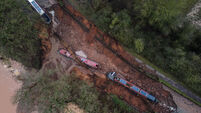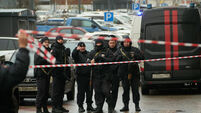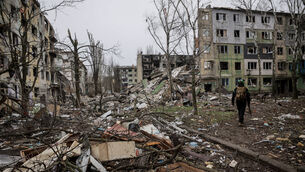Scientists scramble to avoid pandemic and destroy killer ‘Asian flu’ virus
The World Health Organisation believes, however, that the chances of this are low.
Nearly 5,000 labs in 18 countries, mostly in the United States, were urged by the World Health Organisation to destroy samples of the dangerous virus because of the slight risk it could trigger a global outbreak. The labs received the virus from a US company that supplies kits used for quality control tests.
"The risk is low and we've taken appropriate action," said Dr Nancy Cox, chief of the influenza branch at the Centers for Disease Control and Prevention in Atlanta.
Her counterpart at WHO, Klaus Stohr, agreed but said, "If someone does get infected, the risk of severe illness is high, and this virus has shown to be fully transmissible."
The germ, the 1957 H2N2 "Asian flu" strain, killed between one and four million people. It has not been included in flu vaccines since 1968, and anyone born after that date has little or no immunity to it.
The WHO said that there have been no reports of infections in laboratory workers associated with the distribution of the samples and that "the risk for the general population is also considered low."
Still, the decision to send out the strain was described by Stohr as "unwise" and "unfortunate".
The virus' presence in thousands of labs focused fresh attention on the safe handling of deadly germs an issue that led to toughened US rules after anthrax was sent in the mail in 2001, killing five Americans.











